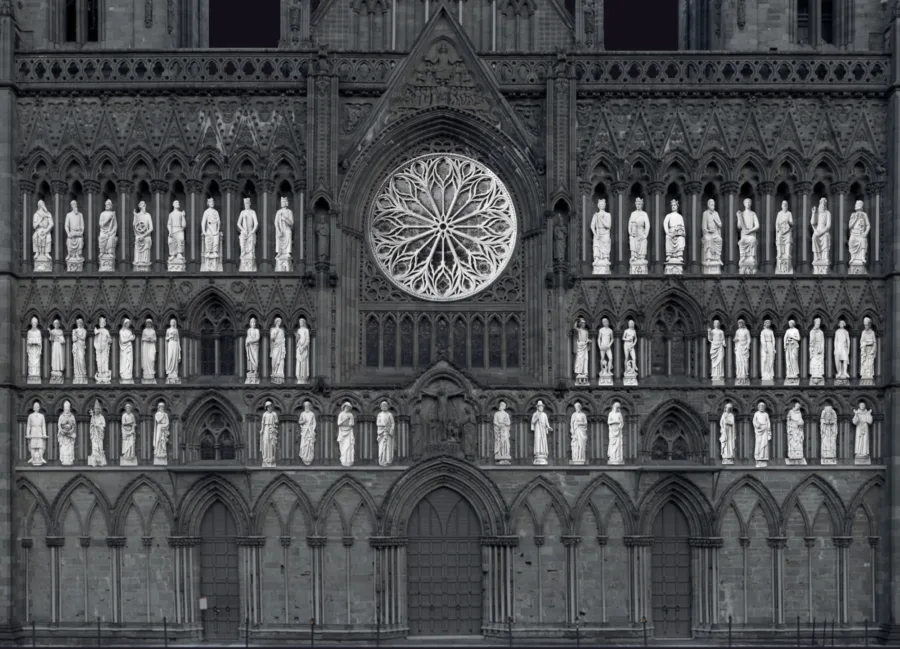St Paul the Apostle
St Paul the Apostle was supposed to persecute the Christians but was himself converted to Christianity.

St Paul the Apostle was born in Asia Minor around the year zero. He was originally a tentmaker and scholar. He was also an enthusiastic persecutor of the first Christians. While he was travelling to Damascus, the Resurrected Christ appeared to him in a vision. Blinded, he fell to the ground and heard Jesus’s commanding voice. He was converted on the spot and spent the rest of his life as an enthusiastic missionary for Christianity.
St Paul wrote a number of letters to the burgeoning Christian congregations dotted around the Roman Empire. These letters are now considered to be an important part of the New Testament. He ended his missionary journey in Rome, where he was condemned to death and executed by sword around 60–65 CE. St Paul was buried outside the city walls, which is today the site of the church San Paolo Fuori le Mura.
The statue
The statue of St Paul shows him with a sword in his right hand and a book in his left, a symbol of his authorship.
-
Feast day
25 January (Feast of the Conversion of St Paul, St Paul’s Day) and 29 June
-
Attribute
Sword
-
Patron saint of
Female workers, theologians, spiritual advisors, weavers, carpetmakers, sailmakers, tentmakers, sailors, basketmakers, and the Catholic press.
-
Invoked for
Rain and bountiful harvests.
-
Invoked against
Poisonous snakes, ear complaints, cramp, fear of rain and hail.
-
The sculpture
It was modelled by Nic. Schiøll and carved by Jakob Skaufel in 1945.


